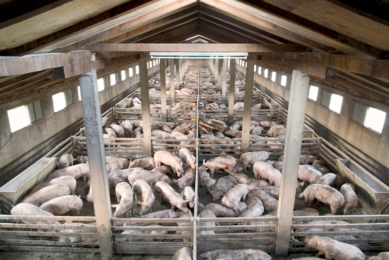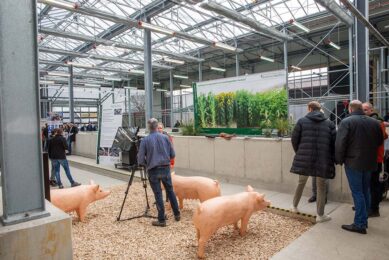Audio interview: How ASF overwhelmed Romania

If one country in the European Union has been seriously affected by African Swine Fever (ASF), it must be Romania. Pig Progress interviewed Romanian veterinarian Dr Adrian Balaban – and asked him to explain the background and the perspectives.
The first case of ASF occurred in 2017 and, as Dr Balaban explains, the virus did not spread rapidly immediately. The big wave came when the virus hit the Danube delta, closer to the Black Sea. Ever since, the virus infected many areas in the country’s east and south, as can also be seen in the animation at the bottom of this article.
Own experience how to deal with ASF
That included a farm in the cooperative Pork & Co, of which Dr Balaban is the director – so he can share his first-hand experience how he dealt with the virus. He is also president of the Romanian Association of Swine Veterinarians and member of the board of directors of the Romanian association of pig meat producers.
What was Romania like prior to the arrival of ASF? How come the virus affected this country particularly strongly? What can be done to get the virus out from farms and what are the perspectives for the future? Just click the link below to listen the entire interview.
Geographical spread of ASF in Romania
The animation below shows the advancement of ASF in Romania from its early stages until May 2020. ‘Red’ means occurrence in wild boar; ‘black’ means occurrence in domestic pigs and ‘grey’ means re-infection.











